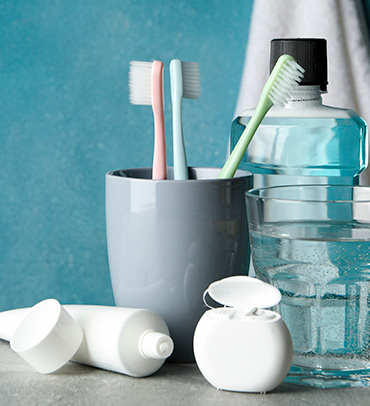Cleft lip and palate occurs due to a defect in the fusion of facial structures during the early months of pregnancy, affecting the development of the baby's face.
Cleft lip and palate occur due to a defect in the fusion of facial structures during the baby's development in the early months of pregnancy. Clefts in the facial area are most commonly seen in the lip, hard palate, and soft palate regions. Cleft lip and palate can occur separately or together. These conditions develop during the baby's growth in the mother's womb.
Treatment of cleft lip and palate involves a team including pediatricians, plastic surgeons, speech therapists, psychiatrists, ENT specialists, orthodontists, maxillofacial surgeons, prosthodontists, and pediatric dentists. Orthodontic treatment spans the longest period in these patients, starting at birth and continuing into adulthood.
Due to developmental issues in the upper jaw structures, serious dental problems such as crowding of teeth, impaction of permanent teeth, underdevelopment of the upper jaw leading to a retruded profile even if the lower jaw is normal, dental anomalies in shape and size are common.
A splint is made within one or two days after birth during infancy. In some cases, there may be deformity in the nasal cartilage structure, so a stent is added to the splint that will also be in the nose. This is called the 'Nasoalveolar molding appliance'. Lip surgery is performed when the baby is 3-3.5 months old to correct the lip shape. Palate repair is performed around age 1. Jaw expansion appliances are used during primary dentition to expand the jaw. During mixed and permanent dentition, depending on the case, treatments such as facial mask, jaw expansion appliances, and plates correcting tooth positions are used. In adulthood, treatments such as fixed orthodontic treatment, orthognathic surgery, and distraction are planned.
Cleft lip and palate diagnosis is the most common malformation of the head and neck diagnosed when the mother is pregnant. If you have a special baby diagnosed with cleft lip and palate, we first convey our best wishes to you. We are here to support you and encourage you to consult our experienced orthodontist Dr. Hasan İlhan Mutaf and his team at Cafe Diş Kayseri for any questions you may have.
Note: The above information is for informational purposes only. It cannot replace medical examination and diagnosis.
